Practise partitioning shapes, shading in fraction models, representing fractions on a number line and more with this set of differentiated worksheets.
Differentiated Fraction Worksheets
Introducing our comprehensive set of printable fraction worksheets, designed specifically for early years students! Our worksheets are perfect for reinforcing and improving student understanding of fractions, whether they are just starting to learn about them or need extra practise. With over 20 different worksheets included, you’ll never run out of engaging fraction activities to keep your students learning and growing.
With this pack of fraction worksheets, students will practise the following skills:
- partitioning shapes into equal pieces
- fraction of a collection
- identifying and representing halves, thirds, quarters, fifths and eighths
- representing fractions on a number line
- solving word problems.
An answer key is included with your download to make grading fast and easy!
Tips for Differentiation + Scaffolding
In addition to independent student work time, use this worksheet as an activity for:
- Guided maths groups
- Lesson warm-up
- Lesson wrap-up
- Fast finishers
- Homework assignment
- Whole-class review (via smartboard)
If there are students in need of a challenge, the two-star version can be used. These pages encourage students to partition shapes independently and solve problems without the help of visual models.
For students who need additional support, consider assigning them the one-star version of a worksheet. This version is a bit more structured to help students find success with representing fractions.
Easily Download & Print
Use the dropdown icon on the Download button to choose between the PDF or editable Google Slides version of this resource.
Because this resource includes an answer sheet, we recommend you print one copy of the entire file. Then, make photocopies of the blank worksheet for students to complete.
Turn this teaching resource into a sustainable activity by printing on thick card and slipping it into a dry-erase sleeve. Students can record their answers with a whiteboard marker, then erase and reuse them.
Kendall Britnell, a Teach Starter collaborator contributed to this resource.
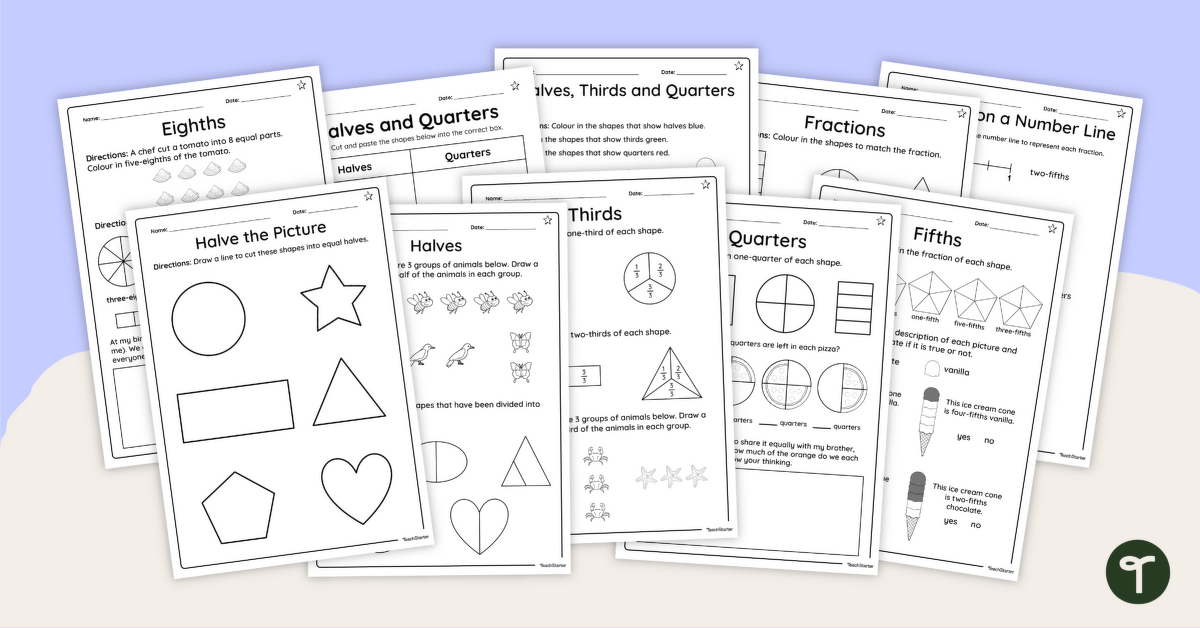

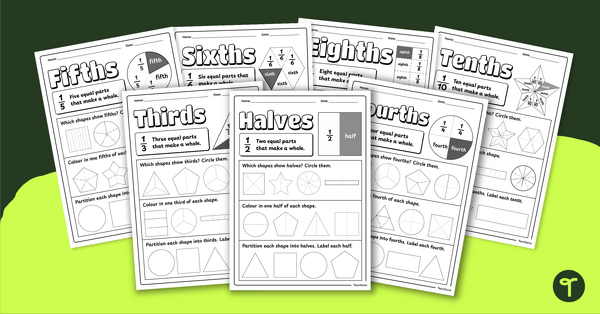
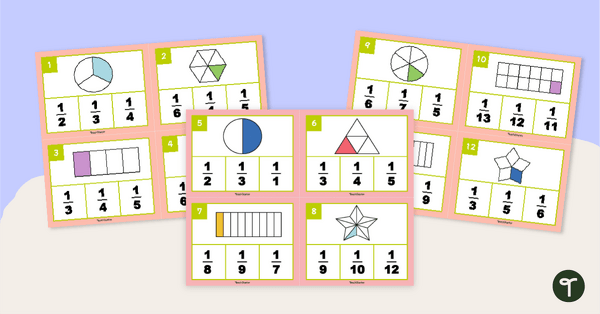
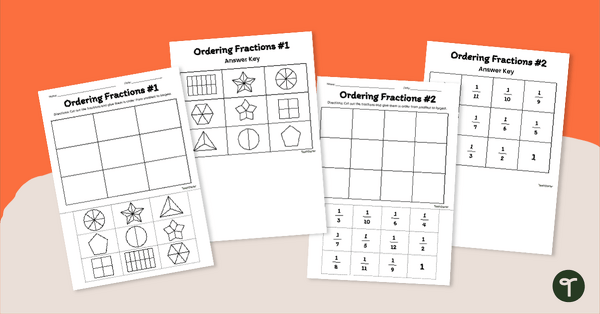


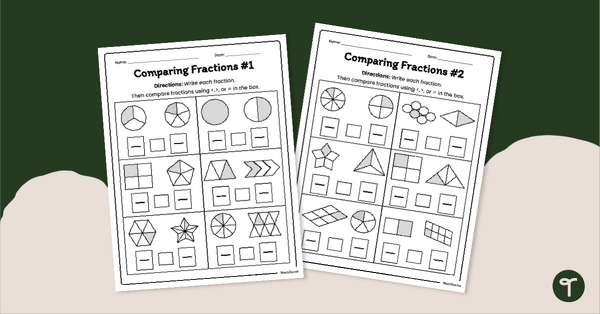
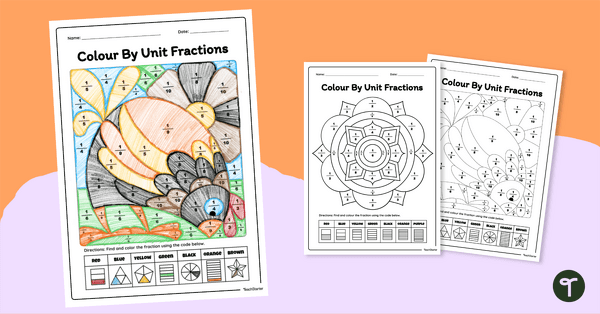
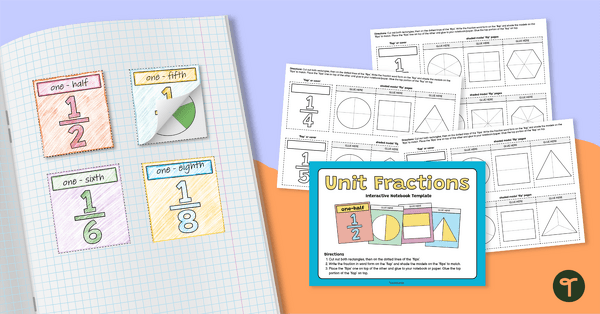
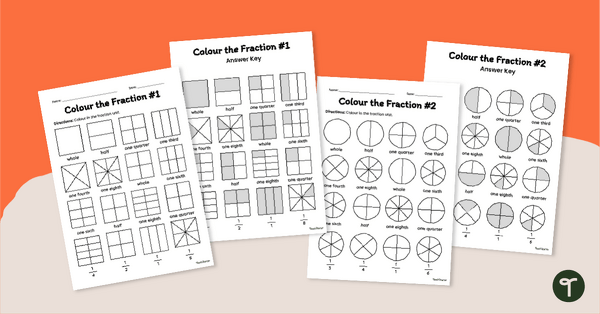
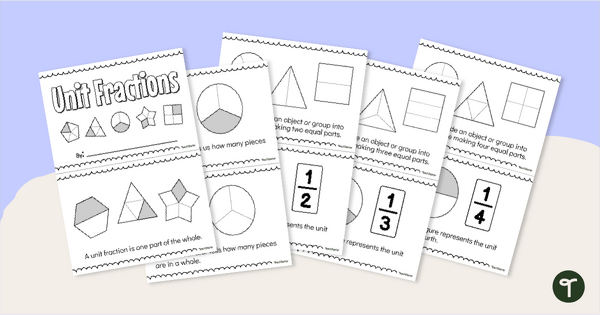
6 Comments
Write a review to help other teachers and parents like yourself. If you'd like to request a change to this resource, or report an error, select the corresponding tab above.
No comments yet.